| IN A NUTSHELL |
|
The ever-evolving landscape of maritime warfare is on the brink of a revolutionary shift as the United States Navy embraces the integration of Unmanned Underwater Vehicles (UUVs) with its submarine fleet. This technological advancement promises to redefine naval operations by enabling missions in areas traditionally deemed inaccessible or hazardous for manned vessels. As the U.S. Navy continues to explore the potential of these autonomous systems, the implications for national defense and global maritime strategy are profound.
Advancements in Submarine Technology
The recent deployment of the Yellow Moray (REMUS 600) UUV from the USS Delaware marks a significant milestone in submarine technology. This Virginia-class fast-attack submarine successfully launched the UUV through its forward torpedo tube, showcasing the potential for seamless integration of robotic and autonomous systems. The UUV’s pre-programmed mission profile demonstrated enhanced subsea and seabed warfare (SSW) capabilities, offering a glimpse into the future of clandestine operations and tactical supremacy.
Vice Admiral Rob Gaucher, Commander of Submarine Forces, emphasized the importance of these advancements, stating that the capability allows for extended reach with additional sensors at depths beyond the limitations of manned submarines. This strategic advantage not only reduces the risk to submariners but also enhances the operational flexibility of the Navy’s fleet. The deployment of UUVs represents a pivotal moment in military innovation, setting the stage for further exploration and worldwide deployment.
The Strategic Role of UUVs
At the core of the UUV’s strategic role is its ability to undertake missions with reduced risk to personnel. Tasks such as seabed mapping, mine detection, and intelligence gathering are now possible in environments previously deemed too dangerous for human operators. The autonomous nature of these vehicles allows them to navigate areas inaccessible to manned submarines, providing invaluable situational awareness to operational commanders.
Despite initial challenges during launch and recovery, the Submarine Force and UUV Group 1 demonstrated resilience and technical prowess by swiftly overcoming obstacles. This adaptability underscores the Navy’s commitment to leveraging cutting-edge technology in enhancing its operational capabilities. As the integration of UUVs continues to evolve, the potential for these systems to revolutionize maritime warfare becomes increasingly apparent.
Engineering Marvel: The Yellow Moray UUV
Engineered for long-range, high-endurance operations, the Yellow Moray (REMUS 600) UUV is a testament to modern engineering excellence. Developed by HII’s Hydroid division, the vehicle measures 10.7 feet in length with a diameter of 12.6 inches, capable of operating at depths of up to 1,968 feet. Its modular design accommodates a variety of mission payloads, ranging from synthetic aperture sonar to inertial navigation systems, enabling complex operations in both shallow and deep waters.
The UUV’s ability to function autonomously in GPS-denied environments further enhances its operational versatility. This capability ensures reliable performance in diverse mission scenarios, reinforcing the UUV’s role as a vital asset in the Navy’s arsenal. As technological advancements continue to push the boundaries of maritime innovation, the Yellow Moray exemplifies the fusion of engineering prowess and strategic foresight.
Implications for Future Naval Operations
The integration of UUVs with submarines heralds a new era of naval operations, providing the U.S. Navy with unprecedented tactical options. The ability to deploy these systems globally enhances the strategic flexibility of Combatant Commanders, allowing for rapid adaptation to evolving threats. The potential to conduct dull, dirty, and dangerous missions with minimal human risk marks a significant shift in operational paradigms.
As the Navy continues to expand its UUV capabilities, questions arise regarding the broader implications for international maritime security and the ethical considerations surrounding autonomous warfare. How will these advancements shape future naval engagements, and what measures will be necessary to ensure responsible deployment in the ever-changing theater of maritime conflict?
Did you like it? 4.5/5 (20)
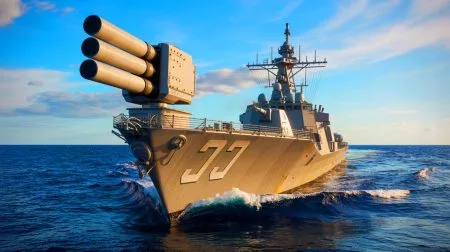
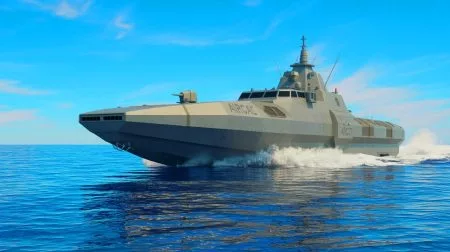


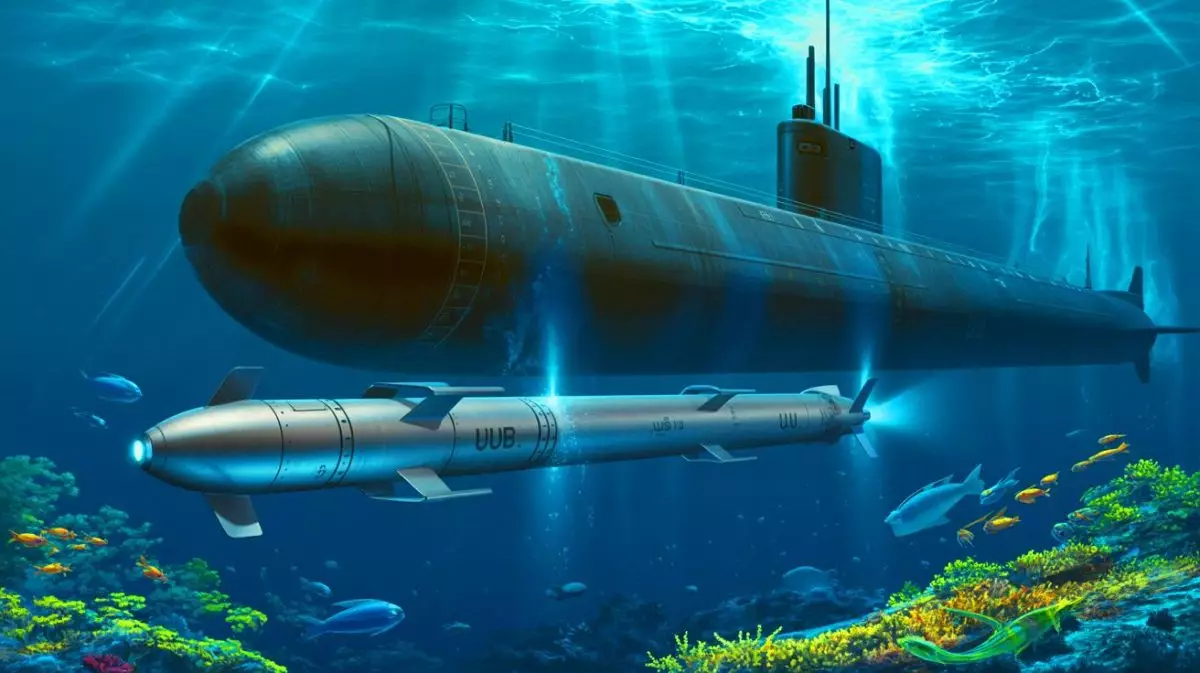
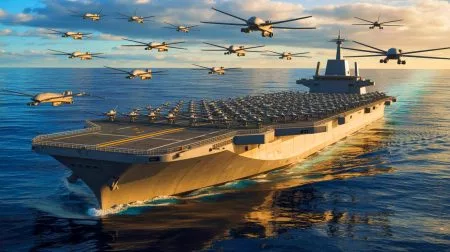
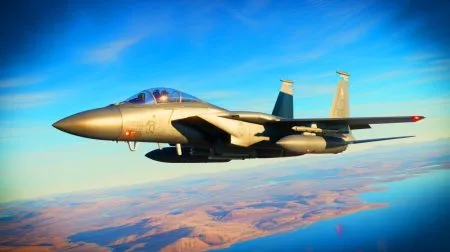
Wow, this sounds like something straight out of a sci-fi movie! 🚀 How soon can we expect these submarines to be fully operational?
Do we really need more military advancements? What about focusing on peace initiatives instead?
Impressive technology, but what are the implications for marine life? 🐠
Is this the beginning of a new arms race under the sea?
Die Navy scheint wirklich Vorreiter in Sachen Technologie zu sein. Aber was bedeutet das für die globale Balance?
How autonomous are these UUVs? Can they make decisions independently?
Ich frage mich, wie viel das alles kosten wird und ob es das wert ist.
Does this mean fewer jobs for submariners in the future?
Thank you for this insightful article! It’s incredible to see how far technology has come. 😊
Kann jemand erklären, wie diese UUVs eigentlich gesteuert werden? Das klingt alles sehr kompliziert!
It’s amazing what technology can do these days! But should we be concerned about AI taking over?
This is both fascinating and terrifying at the same time. What does this mean for global security?
What safeguards are in place to prevent these systems from being hacked?
Die Vorstellung, dass Maschinen gefährliche Missionen übernehmen, klingt zwar gut, aber was ist mit den ethischen Fragen?
Super interesting article! But are there any drawbacks to using these UUVs?
Is this a response to any specific threat, like China or Russia?
Sounds like a huge leap forward in naval warfare! But I hope it doesn’t lead to more conflict. 😬
This reminds me of James Bond! What else is the military hiding? 😂
Wie sieht es mit der Umweltverträglichkeit dieser Technologie aus?
Great read! But how will this affect international treaties on underwater warfare?
Fascinating! But will this technology be shared with allies or kept secret?
It’s a game-changer for sure. But what if these UUVs malfunction during a mission?
Überwachen diese UUVs auch zivile Schiffe? Das könnte problematisch werden.
Thanks for the info! But how does this compare to other countries’ technology?
What happens if one of these UUVs is captured by an enemy nation?
Ich finde das alles sehr spannend, aber irgendwie auch ein bisschen beängstigend. 🤔
Is this technology being used for scientific research as well?
Die Zukunft der Kriegsführung scheint wirklich autonom zu sein. Was kommt als nächstes?
What kind of missions are considered “dull, dirty, and dangerous”?
Es ist erstaunlich, wie schnell sich die Technologie entwickelt. Aber wie nachhaltig ist das?
Are these UUVs equipped with any weapons, or are they purely for surveillance?
Can these submarines operate independently from a mothership?
Wow, das klingt fast zu gut, um wahr zu sein. Gibt es irgendwelche Schwachstellen?
Interesting read! How do other countries view these advancements?
Wird diese Technologie auch in der zivilen Schifffahrt eingesetzt?
This is an engineering marvel, but how does it handle harsh weather conditions underwater? 🌊